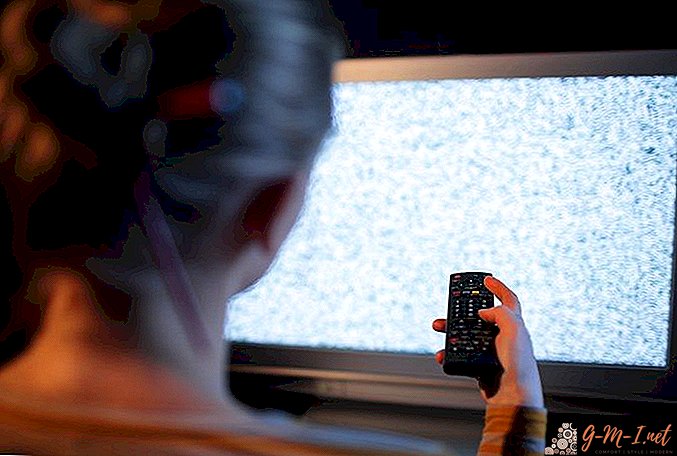 Before discussing what a digital TV is, you need to have at least a brief idea of such a television as a whole. By type of signal, there are two types of television - analog and digital. Analog television transmits a signal from the translator due to electromagnetic waves. A television antenna picks up radio waves, and a ray tube converts the waves into a familiar sound and image. An analog signal is not resistant to various interference, which leads to a deterioration in the quality of the image on the screen, and in other cases, even to a change in the television program.
Before discussing what a digital TV is, you need to have at least a brief idea of such a television as a whole. By type of signal, there are two types of television - analog and digital. Analog television transmits a signal from the translator due to electromagnetic waves. A television antenna picks up radio waves, and a ray tube converts the waves into a familiar sound and image. An analog signal is not resistant to various interference, which leads to a deterioration in the quality of the image on the screen, and in other cases, even to a change in the television program.
Similar to analogue, a digital signal can be transmitted via satellite, cable and air using radio waves. A signal in this form is a sequence of 0 and 1. It is known from computer science that a unit means the presence of voltage, zero means absence. In this case, before sending, the waves are compressed and encoded in MPEG format. This avoids interference pickup and, as a result, provides a clear image. The tuner is responsible for capturing and decoding the signal. A tuner is a special set-top box that connects to a TV and is capable of processing a signal in one or more broadcast formats.
To use digital television, you need to purchase a tuner and connect it to a standard analog device. But with the expansion of digital broadcasting, manufacturers began to produce upgraded models. A digital device is a regular analog TV with a built-in tuner that decodes one or more broadcast formats. Different countries use different broadcast formats.
Important! For the CIS countries this is the DVB-T2 format. But, such models of various brands have different built-in tuners. Therefore, when choosing a device, it is necessary to consider what formats its receiver is able to decode.

Everyone knows that the more expensive the product, the greater the better quality. However, the choice of such a model requires compliance not only with quality, but also with individual needs for certain functions.
To navigate well when choosing a TV, you should pay attention to the following important characteristics:
- Screen resolution: affects the clarity of the image. HD Ready - Medium quality, great for screens smaller than 24 inches. Full HD - high quality, image clarity with large screen sizes. It makes no sense to choose a small-sized TV with Full HD - the image quality is not noticeable on small screens.
- UDTV or HDTV: technology that improves the quality of sound and image when using digital broadcasting. HDTV stands for High Definition Television, UDTV stands for Ultra High Definition.
- The presence of multimedia connectors - HDMI, USB, SCART, VGA: These connectors allow you to connect many devices to the TV - computers, mobile phones, camcorders, flash drives and more.
- SmartTV Technology Support: A standard TV gains the ability to use and install various applications, greatly expanding its range of capabilities.
- Built-in digital tuner and analogue jack: in the presence of a standard antenna jack, it is worth paying special attention to what formats of the digital signal the tuner supports.

Compared to the analog model, such a model is capable of reproducing a clear picture without loss of quality and annoying interference. The digital signal does not interfere in bad weather conditions, when the analog stops broadcasting. There is no need for a separate purchase of the tuner: the device was originally built into the TV. You can always choose the digital or analogue option to watch TV shows. The signal provides the device not only with a clear image, but also with high quality audio signal. Additional features that allow you to read data from portable devices and computers or synchronously display the device interface directly on the screen.
For the price, such devices are superior to their ancestor. Nevertheless, the high cost fully pays off with rich functionality and a clear image. Therefore, such a model is the right choice, which will undoubtedly bring only positive emotions from watching your favorite TV shows.


Leave Your Comment